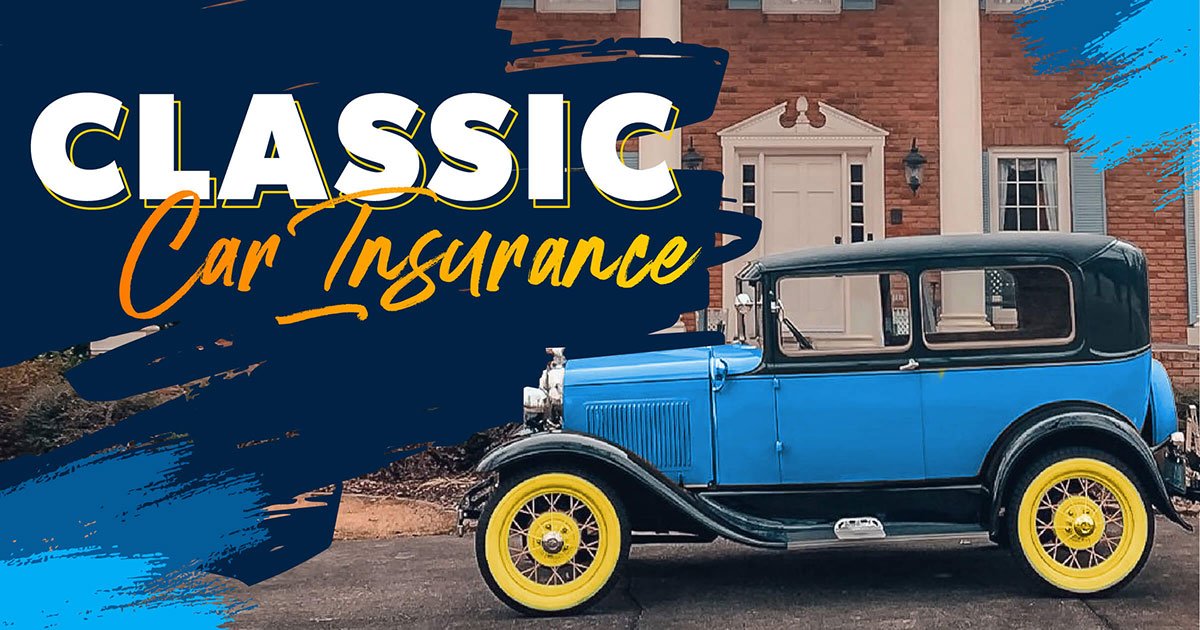Preserving History: The Essentials of Classic Car Insurance
Classic cars are more than just vehicles; they are cherished pieces of history and a testament to automotive craftsmanship. If you’re a proud owner of a classic car, you understand the importance of protecting and preserving this valuable asset. Classic car insurance is not just a legal requirement; it’s a specialized coverage designed to safeguard your vintage automobile and provide you with peace of mind. In this comprehensive guide, we’ll delve into the world of classic car insurance, its unique features, benefits, and how to navigate the process of insuring your timeless treasure.
1. Defining Classic Cars: Understanding Eligibility
Classic car insurance is distinct from regular auto insurance. To qualify for classic car insurance, your vehicle typically needs to meet specific criteria, including age, historical significance, limited use, and well-maintained condition.
2. Agreed Value Coverage: Protecting Your Investment
Unlike standard auto insurance, classic car insurance often offers agreed value coverage. This means that you and the insurance company agree on the value of your classic car beforehand, ensuring that you’re adequately compensated in the event of a covered loss.
3. Low Mileage Discounts: Reflecting Limited Use
Classic cars are often driven less frequently than daily-use vehicles. Many classic car insurance policies offer low mileage discounts, recognizing that your vintage automobile spends more time in the garage than on the road.
4. Specialized Repairs and Restoration Coverage: Maintaining Authenticity
Classic car insurance may offer coverage for specialized repairs and restoration. This ensures that your classic car is repaired using original or authentic replacement parts, preserving its historical and aesthetic value.
5. Flexible Usage: Occasional Cruises and Events
Classic car insurance policies may allow for flexible usage, understanding that you’ll likely take your vintage beauty on occasional drives, to car shows, and events. This flexibility accommodates the unique way classic car owners enjoy their vehicles.
6. Expert Appraisals: Determining Value
Many classic car insurance policies require periodic appraisals by experts who can accurately assess the value of your vehicle. This appraisal process helps ensure that your classic car is insured for its true worth.
7. Coverage for Accessories and Memorabilia: Full Protection
Classic car insurance doesn’t just cover the vehicle itself; it can extend to accessories, vintage license plates, and even collectible memorabilia associated with your classic car.
8. Stated Value vs. Agreed Value: Understanding the Difference
Classic car insurance policies may offer either stated value or agreed value coverage. Stated value is the estimated value you provide when purchasing the policy, while agreed value is a negotiated value between you and the insurer.
9. Preservation and Legacy: Passing It On
Classic car insurance not only protects your investment during your ownership but also contributes to preserving the legacy of classic automobiles. By maintaining and insuring these vehicles, you play a role in keeping automotive history alive for future generations.
Owning a classic car is a passion that deserves specialized protection. Classic car insurance offers a range of benefits tailored to the unique needs and characteristics of vintage automobiles. From agreed value coverage to flexible usage options and preservation of authenticity, classic car insurance is an essential investment for any proud classic car owner. By selecting the right policy, you’re not just safeguarding a piece of history; you’re ensuring that your cherished classic car continues to grace the streets with its timeless elegance and allure for years to come.


